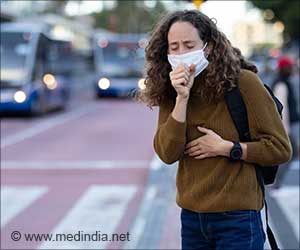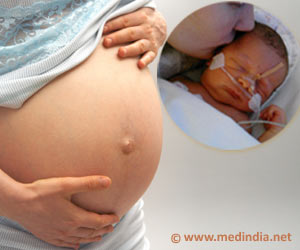Some of the main reasons for eating alone are a rise in the number of single-person households, social distancing protocols introduced in response to the COVID19 pandemic, and mobile platforms for food delivery services, further motivating people to eat alone.
With more people eating alone, health concerns have been raised. A previous study reported that a higher frequency of eating alone is associated with a higher risk of abdominal obesity and elevated blood pressure.
When eating alone, people tend to eat faster, which often leads to increases in body mass index, waist circumference, blood pressure, and blood lipid levels, all of which can increase the risk of metabolic syndrome and heart disease.
Eating alone also can affect mental health and has been reported as a risk factor for depression, which is also linked with an increased heart disease risk.
These findings suggest that eating alone is a risk factor for heart disease in older women, few studies have investigated the relationship between eating alone and the prevalence of heart disease.
In the new study involving nearly 600 menopausal women aged older than 65 years sought to compare health behaviors and nutritional status between older women eating alone and those eating with others.
They also investigated the relationship between eating alone and the prevalence of CVD and its risk factors in older women.
The results of the study concluded that older women who ate alone had poorer nutritional knowledge and intake.
More specifically, it was found that older women who ate alone had lower intakes of energy, carbohydrates, dietary fiber, sodium, and potassium than those who ate with others.
In addition, older women eating alone were 2.58 times more likely to have angina, a type of chest pain caused by reduced blood flow to the heart and a symptom of coronary artery disease.
These results also highlight the value of nutrition education and heart disease screening for older women who mainly eat alone.
Source: Medindia



